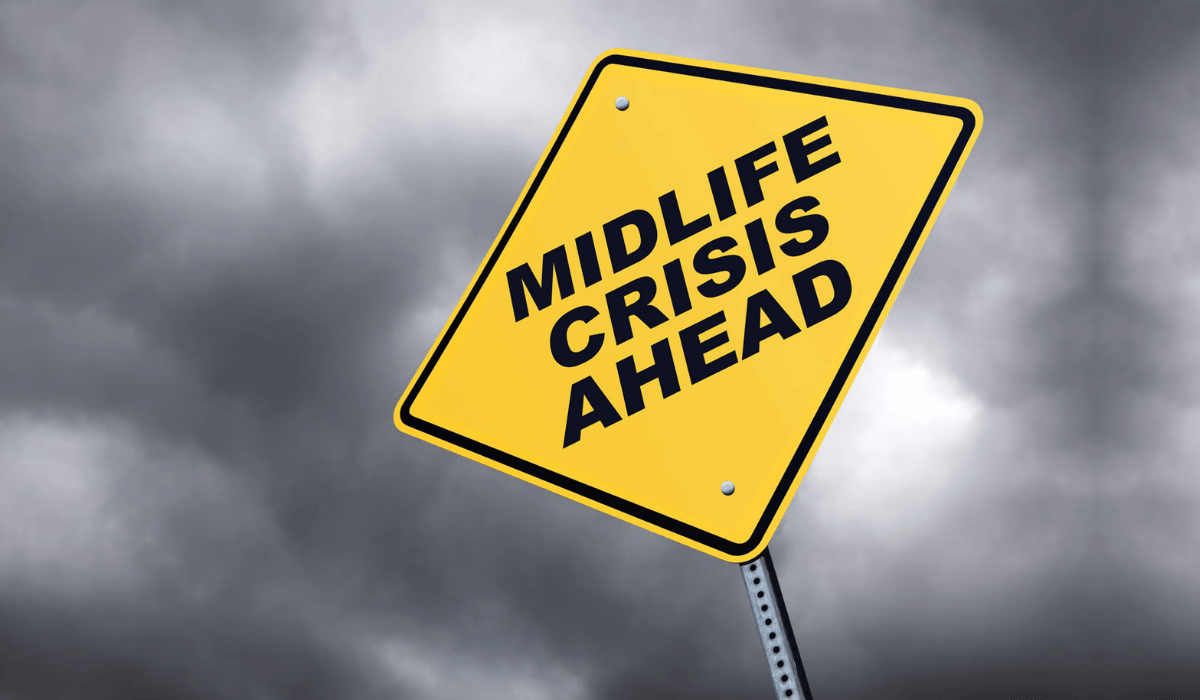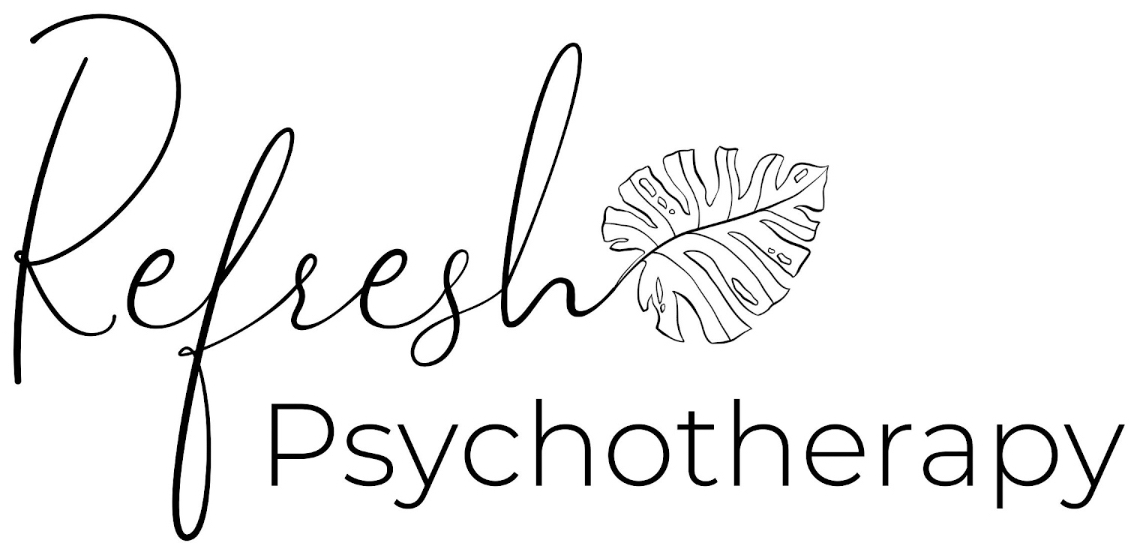
Not Just a Midlife Crisis: The Silent Mental Health Struggles of Aging Men
Not Just a Midlife Crisis: The Silent Mental Health Struggles of Aging Men
For many men, aging is not just a physical experience—it’s a psychological reckoning. In Western society, aging is often painted as a slow unraveling of relevance. Gray hair, softer bodies, and the creeping aches of time are not just reminders of mortality—they’re framed as signs of diminished masculinity. For men taught to associate their worth with virility, strength, and productivity, aging can feel like a profound identity crisis. But because male emotional pain is so often hidden beneath stoicism and performance, the psychological toll of aging goes largely unspoken—and unaddressed.
This silence is costing lives.
Suicide rates are highest among middle-aged and older men. Yet mental health conversations still tend to center youth or women, bypassing the distinct experiences of men as they age. As roles shift, bodies change, and careers slow down, men face a complex internal world with very few social scripts for navigating it.
This article explores how men’s mental health is shaped by aging—and how psychological tools, cultural shifts, and relational support can help rewrite the aging experience into something far more meaningful than decline.
Aging and the Collapse of Masculine Ideals
From early on, boys receive a clear—if unspoken—message: strength is value, emotion is weakness, and independence is virtue. As long as a man remains physically capable, sexually active, and economically productive, he stays within the safe bounds of culturally sanctioned masculinity.
But what happens when aging disrupts those domains?
Testosterone levels decline gradually starting in a man’s 30s, often accelerating after age 50. This can result in fatigue, irritability, sleep disruption, loss of muscle mass, and a drop in libido (Wu et al., 2008). These physiological changes, though natural, can feel like betrayals—especially in cultures that equate masculinity with physical dominance and sexual prowess.
At the same time, aging brings professional transitions. For men whose identities have been fused with career success, retirement—whether planned or forced—can trigger a loss of purpose and status. One longitudinal study found that men who retire involuntarily experience significant increases in depressive symptoms, especially when retirement is linked to declining health or economic instability (Dave et al., 2008).
In short, aging confronts men with a brutal question: Who am I when I’m no longer the provider, protector, or performer?
The Psychological Toll of Isolation
Research consistently shows that older men tend to have smaller social networks and are less likely to seek emotional support than women (Courtenay, 2000). Many rely heavily on their spouses for emotional intimacy. When relationships shift—due to divorce, widowhood, or illness—men may find themselves adrift without any close confidants.
This lack of emotional scaffolding contributes to increased rates of depression, anxiety, and suicide among aging men. The CDC reports that men over 65 have the highest suicide rate of any demographic in the U.S. (Hedegaard et al., 2023). And because depression in men is often masked by irritability, substance use, or physical complaints, it is frequently missed by both physicians and family members.
The result? An enormous burden of unspoken grief, loneliness, and self-doubt.
Even among those who do have social contact, conversations often remain superficial. Without cultural permission to speak vulnerably, many older men are isolated not by circumstance—but by silence.
Grief, Loss, and the Myth of Resilience
Aging also brings waves of grief—some visible, some invisible.
There is the grief of losing friends or siblings, the grief of changing health, and the grief of missed opportunities or unresolved regrets. But for men, who are often taught to suppress emotion and “push through,” grief can calcify into numbness, anger, or emotional withdrawal.
One insidious myth that haunts older men is that “real men” age gracefully and without complaint. But research shows that unprocessed grief and loss can manifest in somatic symptoms, chronic illness, substance use, or disconnection from others (Galdas et al., 2005).
Emotional suppression may have served earlier in life to navigate demanding careers or societal expectations. But in later life, it becomes a trap—limiting access to healing, connection, and new meaning.
How Men Can Age With Emotional Integrity
Psychological flexibility is key to navigating aging with well-being. This doesn’t mean “thinking positively” or denying real losses. Rather, it means developing the capacity to adapt, reflect, and shift one’s self-concept beyond outdated masculine ideals.
Men who are able to redefine success, find value in relationships over productivity, and embrace emotional complexity report significantly better mental health outcomes in later life (Wurm et al., 2007).
Therapeutic approaches that affirm men’s values—such as Acceptance and Commitment Therapy (ACT), Interpersonal Therapy (IPT), or even existential therapy—can help aging men make meaning of their transitions. These models avoid pathologizing and instead support identity exploration, legacy reflection, and relational depth.
Additionally, behavioral activation—an evidence-based treatment for depression—can be helpful in encouraging older men to engage in pleasurable, meaningful activities, even when motivation is low (Dimidjian et al., 2011).
Reimagining Masculinity in Older Age
To support men’s mental health as they age, we must rewrite the cultural narratives surrounding masculinity. Aging can no longer be seen as a loss of power—it must be reframed as a gain in perspective.
This requires a shift in how we talk about strength. Strength can mean showing up to therapy, crying when it hurts, admitting when you feel lost, and learning how to ask for help. Resilience is not the absence of struggle; it’s the willingness to stay emotionally present through struggle.
Peer groups, social programs, and therapeutic spaces need to be designed with men’s psychological and cultural experiences in mind. For example, “men’s sheds”—a movement originating in Australia—offer low-pressure environments where older men can gather around hobbies, projects, and skill-sharing. These spaces offer indirect pathways to connection and can reduce depression and isolation (Ballinger et al., 2009).
What Loved Ones and Clinicians Can Do
If you’re close to an aging man who seems distant or emotionally withdrawn, know that silence doesn’t mean all is well. Offer consistent presence. Ask open-ended questions without pushing for disclosure. Normalize therapy and speak positively about emotional expression.
For clinicians, don’t wait for men to report sadness. Screen for depression using questions that target irritability, sleep changes, and anhedonia. Explore their views on masculinity, aging, and identity. Many aging men are not afraid of therapy—they just haven’t had the language or models to understand what therapy can offer them.
Aging as Evolution, Not Erosion
Aging is not the enemy. For men willing to reexamine their values and embrace vulnerability, it can be a profoundly liberating phase of life. The challenge lies not in aging itself—but in the cultural narratives that shame men into silence as they age.
Mental health is not about “fixing” what aging has changed. It’s about adapting, grieving, and rebuilding a self that is no longer shackled to outdated ideals.
It’s time to stop asking men to age like machines. Instead, let’s offer them the tools, spaces, and dignity to age like humans.ur whole life, we understand the unique challenges of being neurodivergent in a neurotypical world.
Written by: Keeley Teemsma, LCSW, MA
Works Cited
Ballinger, M. L., Talbot, L. A., & Verrinder, G. K. (2009). More than a place to do woodwork: A case study of a community-based Men’s Shed. Journal of Men’s Health, 6(1), 20–27.
Courtenay, W. H. (2000). Constructions of masculinity and their influence on men’s well-being: a theory of gender and health. Social Science & Medicine, 50(10), 1385–1401.
Dave, D., Rashad, I., & Spasojevic, J. (2008). The effects of retirement on physical and mental health outcomes. Southern Economic Journal, 75(2), 497–523.
Dimidjian, S., Barrera, M., Martell, C., Muñoz, R. F., & Lewinsohn, P. M. (2011). The origins and current status of behavioral activation treatments for depression. Annual Review of Clinical Psychology, 7, 1–38.
Galdas, P. M., Cheater, F., & Marshall, P. (2005). Men and health help-seeking behaviour: literature review. Journal of Advanced Nursing, 49(6), 616–623.
Hedegaard, H., Curtin, S. C., & Warner, M. (2023). Suicide mortality in the United States, 2001–2021. National Center for Health Statistics Data Brief, No. 464.
Wu, F. C. W., Tajar, A., Pye, S. R., Silman, A. J., Finn, J. D., O’Neill, T. W., … & EMAS Group. (2008). Hypothalamic–pituitary–testicular axis disruptions in older men are linked to frailty and overall health. The Journal of Clinical Endocrinology & Metabolism, 93(7), 2737–2745.
Wurm, S., Tesch-Römer, C., & Tomasik, M. J. (2007). Longitudinal findings on aging-related cognitions, control beliefs, and health in later life. The Journals of Gerontology: Series B, 62(3), P156–P164.
